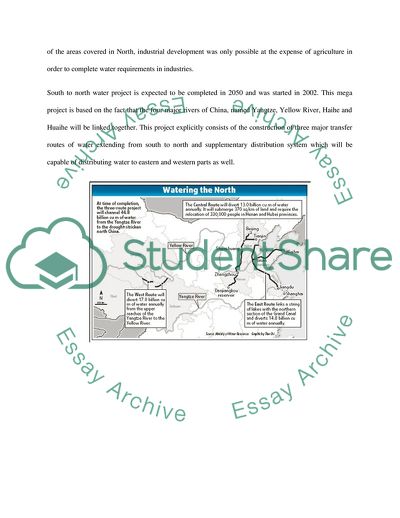Cite this document
(South to North Water Transfer Project Article Example | Topics and Well Written Essays - 2000 words - 1, n.d.)
South to North Water Transfer Project Article Example | Topics and Well Written Essays - 2000 words - 1. https://studentshare.org/engineering-and-construction/1816254-south-to-north-water-transfer-project
South to North Water Transfer Project Article Example | Topics and Well Written Essays - 2000 words - 1. https://studentshare.org/engineering-and-construction/1816254-south-to-north-water-transfer-project
(South to North Water Transfer Project Article Example | Topics and Well Written Essays - 2000 Words - 1)
South to North Water Transfer Project Article Example | Topics and Well Written Essays - 2000 Words - 1. https://studentshare.org/engineering-and-construction/1816254-south-to-north-water-transfer-project.
South to North Water Transfer Project Article Example | Topics and Well Written Essays - 2000 Words - 1. https://studentshare.org/engineering-and-construction/1816254-south-to-north-water-transfer-project.
“South to North Water Transfer Project Article Example | Topics and Well Written Essays - 2000 Words - 1”. https://studentshare.org/engineering-and-construction/1816254-south-to-north-water-transfer-project.


